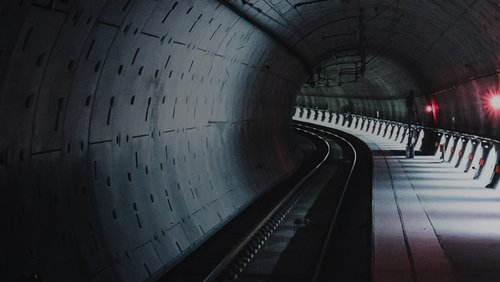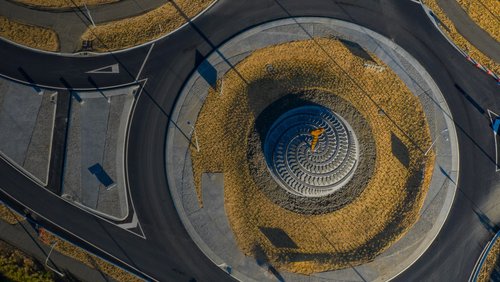18 Apr 2025
The 2024 ACE award-winning Manganui Gorge suspension bridge helps increase the resilience and sustainability of Taranaki’s outdoor infrastructure while demonstrating engineering excellence, cultural significance and repeatable practices.
Built to last 100 years and withstand a one-in-250-year avalanche and one-in-1,000-year earthquake, the Manganui Gorge suspension bridge showcases cutting-edge technology and high levels of community involvement.
The project was born from a Te Papa Atawhai Department of Conservation (DOC) tender in 2022 which called for the design and construction of a bridge close to the summit of Mt Taranaki, across the Manganui Gorge, as part of the Taranaki Crossing Project. The location is highly scenic, but challenging.
“One of the key drivers for the bridge is safety: getting walkers out of the avalanche path,” says Wayne Boness, Senior Project Manager at DOC.
“The project, part of the Taranaki Crossing, was safety-driven, but a secondary benefit was its utility for the [Manganui] ski area.”
Initially, DOC expected a more traditional bridge design adhering to SNZ HB 8630 Tracks and outdoor visitor structures, a standard that has not been updated in more than 20 years. This design approach, typically using timber masts and cable support systems, had limitations, particularly in addressing issues like wind fatigue, pedestrian vibrations and cable loss.
Early engagement with local iwi was also crucial to the brief.
“It’s not a consultation with iwi, it’s a partnership,” says Wayne. “And that’s really important.”
Recognising these elements, DC Structures Studio, led by Dan Crocker CPEng IntPE(NZ), won the tender with a considerably more innovative design than initially envisioned.
It might seem odd to share our intellectual property but we were driven by the shared goal of improving New Zealanders’ enjoyment of the outdoors.
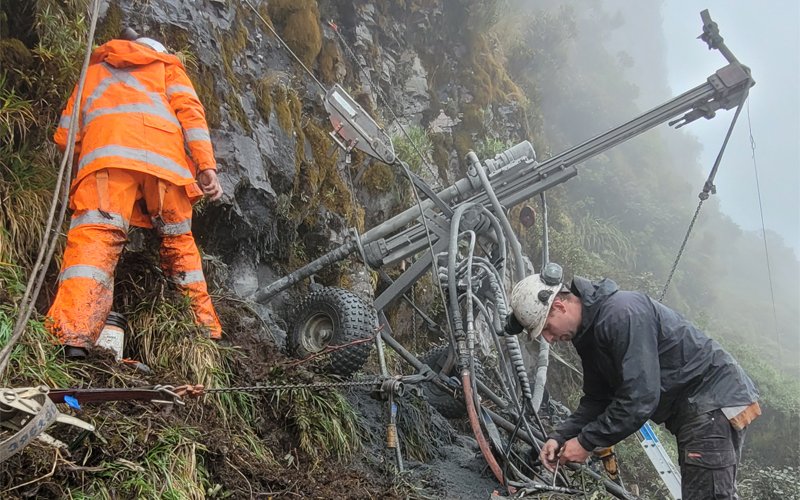
Rock control staff drilling rock backspan anchor holes in southern bluffs above bridge site. Photo: Wayne Boness/DOC
“Unlike traditional suspension bridge design, we used 3D analysis software to better understand and predict the bridge’s behaviour, particularly under dynamic conditions like pedestrian use and wind loads,” says Dan.
“We used Computational Fluid Dynamics to model and test the aerodynamics of the bridge. Pedestrian dynamics and vibration control were crucial for this design.”
The bridge features an asymmetric design, due to a steep rock face on one side of the gorge and a sloping terrain on the other. The design also used a calibrated force system to adjust and fine-tune the stiffness of the structure.
“This method ensures precision and reduced construction time, as the design was fully modelled and calculated even before construction began,” explains Dan.
“Our forward-thinking approach doubled the bridge’s design life from 50 to 100 years at no additional cost, and reduced live loading by 30 percent, greatly enhancing efficiency and minimising long-term maintenance needs.”
DOC’s internal engineering team worked alongside DC Structures Studio from the beginning.
“We wanted to work alongside DOC to build their knowledge and capability for the future,” says Dan. This collaborative approach, through meetings, presentations and workshops, ensured that DOC’s engineers gained a deeper understanding of modern bridge design, equipping them with the tools and insights to adopt these innovations on future projects.
“It might seem odd to share our intellectual property but we were driven by the shared goal of improving New Zealanders’ enjoyment of the outdoors,” says Dan.
DOC staff are already applying what they learned here to new projects, including a new 190m suspension bridge planned for the Hooker Valley.
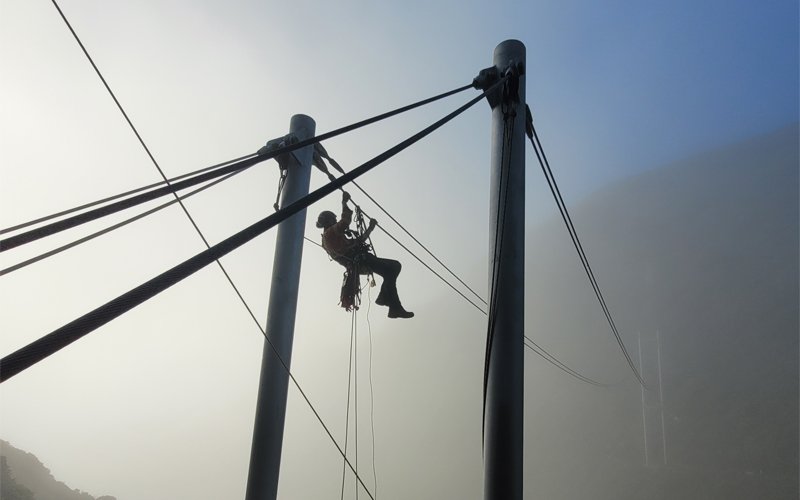
Staff from main specialist contractor Abseil Access set up to receive the bridge hangars transported by helicopter. Photo: Wayne Boness/DOC
“The design principles, the materials and the construction methods – everything we’ve done here will inform future bridges. It’s not just about building for today but for the next 100 years,” says Wayne.
The collaborative ethos extended to the connection with Ngā Iwi o Taranaki. From the outset, iwi expressed a desire for the bridge to be safe, capture and reflect their cultural narratives, and complement the surrounding alpine environment.
“Dan and Te Papa Atawhai worked with members of the 16 surrounding hapū who hold a significance to this maunga,” says Nicola Coogan from Ngāti Ruanui.
“We liked the safety technology he was proposing, and his enthusiasm. We wanted something that would encourage our people to participate, something that we’d be proud of... something that would last for a long period of time.”
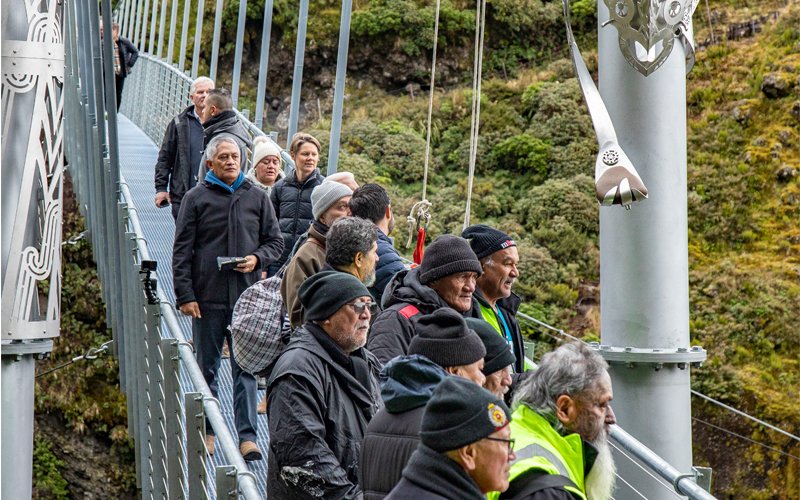
Ngāti Ruanui complete karakia and waiata to open the bridge and unveil “Rakahore”, the sculptural element. Photo: Jeremy Beckers
The bridge features five pairs of large stainless steel panels along its span, etched with cultural artistic elements representing phases of an avalanche, an important symbol for Ngāti Ruanui. In addition, two large stainless-steel shrouds around the masts feature artwork by artist Wharehoka Smith, who was commissioned by Ngāti Ruanui to create a narrative to be expressed through the structure.
This project also reflects a broader shift towards more inclusive, culturally sensitive approaches in engineering. As Nicola says: “This is a great example of how things should work... a real shift in genuine interest in our cultural narrative.”
“The sculpture (Rakahore) was a gift from iwi and it was developed alongside the bridge’s construction,” says Wayne. “It was really about respecting the space and making sure that the art reflected the local story.”
The bridge has become a tourist destination, drawing more than 70,000 visitors since its opening in May 2024.
“It’s become more than just a bridge; it’s a symbol of what happens when everyone works together to create something special,” Wayne concludes.
This article was first published in the March 2025 issue of EG magazine.


